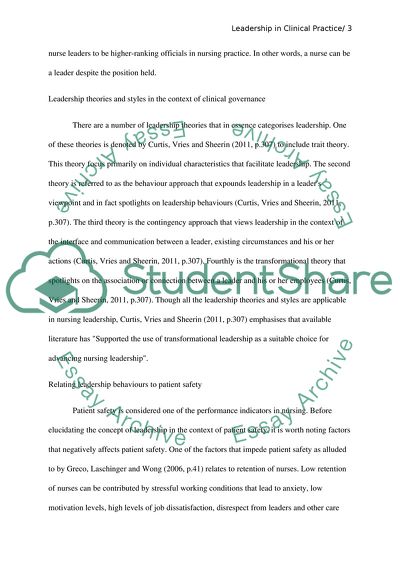Cite this document
(“Leadership Essay Example | Topics and Well Written Essays - 1250 words - 19”, n.d.)
Leadership Essay Example | Topics and Well Written Essays - 1250 words - 19. Retrieved from https://studentshare.org/nursing/1689247-leadership
Leadership Essay Example | Topics and Well Written Essays - 1250 words - 19. Retrieved from https://studentshare.org/nursing/1689247-leadership
(Leadership Essay Example | Topics and Well Written Essays - 1250 Words - 19)
Leadership Essay Example | Topics and Well Written Essays - 1250 Words - 19. https://studentshare.org/nursing/1689247-leadership.
Leadership Essay Example | Topics and Well Written Essays - 1250 Words - 19. https://studentshare.org/nursing/1689247-leadership.
“Leadership Essay Example | Topics and Well Written Essays - 1250 Words - 19”, n.d. https://studentshare.org/nursing/1689247-leadership.


